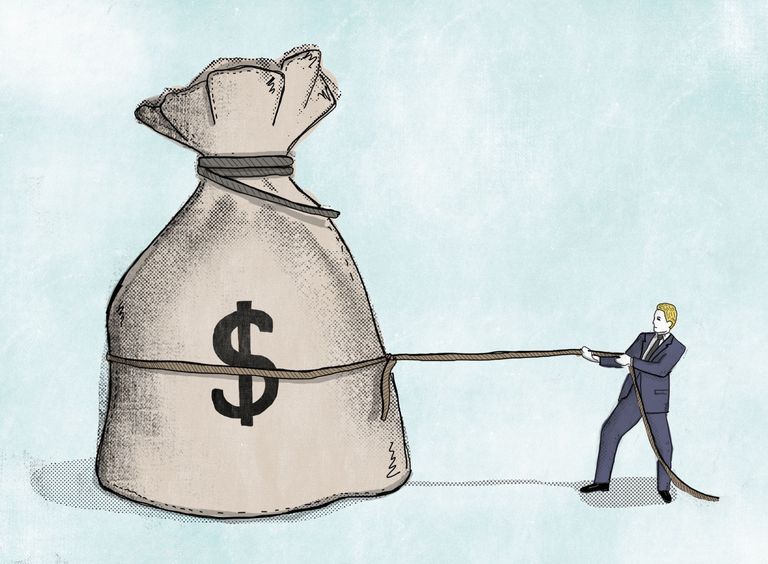
An interesting new analysis of the retirement business points out that, more than ever, people are stepping away from trading and into automated, low-cost portfolios.
Three cheers for that, we say, but it raises an interesting question. Once you retire, should you stay in your set-it-and-forget-it company plan or do something different? How does “investing wellness” continue into retirement?
Automated investment plans, ones that use target-date funds, are increasingly popular for a simple reason — legislation. Washington wanted more people to invest rather than blindly sit on cash.
That’s sensible thinking. Too many people in 401(k) plans take no action to choose investments. Instead, they stay with default options.
Among those defaults were money market funds, which are essentially cash. Holding cash for years is a problem because of inflation. It’s literally not investing at all.
Or they let corporate matching programs load up their accounts with company stock until it becomes most of their wealth. Company stock can be a serious risk.
If the company does great, that’s fine. But many companies fall short of the overall stock market and lag a diversified portfolio. Never mind a bankruptcy case such as Enron or General Motors.
The Vanguard study found that half of 401(k) investors are using target-date funds, which are designed to adjust risk automatically over time by “targeting” a specific retirement age. The fund giant expects the percentage to jump to 75% of all workers within three years.
That’s the power of defaults. Once you leave an employer, however, you might want to make a choice.
Stay in your company plan or leave. If you leave, then the choice becomes to take control of your investments or try to stay on autopilot.
It’s an important moment. Many corporate 401(k) plans are extraordinarily expensive. Employees often don’t notice because fees in the plans are obscured.
What’s more, many are getting matching funds from their employer, and a nice annual income tax break on top. The fee can seem unimportant.
The truth is that most 401(k) plans are onerously expensive, whatever bells and whistles are attached. Besides the fund fees, you pay extra just to be in the plan itself.
Once you retire or leave a company, it behooves the serious investor to ask the plan administrator the “all in” cost of staying in a 401(k).
In the case of very large companies that price might be low and thus appealing. For the vast majority of firms, however, the news is a bit less inspiring. Fees north of 2% of assets are common.
Continuing care
Let’s say you choose to depart, now what? Chances are, if you have gotten used to the target-date fund process you will want that to continue. If it ain’t broke, right?
Even so, many target-date products outside of company plans are unnecessarily costly. You might be in the same boat as someone who stayed in a company plan, or worse.
The alternative is to do it yourself. A dramatic price war in the exchange-trade fund (ETF) market has driven the cost of investing way down, in some cases to virtually zero.
From there, the question becomes: Do I need advice? For the seasoned investor, the answer might be “No, I’m fine with rebalancing and tracking my investments.”
For many, however, financial advice will be important. Staying invested when the stock market bucks and heaves is no easy thing, and it only gets harder as you get older and less certain about risk.
Target-date funds are a godsend to millions of workers in need of stability and low-cost investment planning. Coupled with timely, conflict-free advice, low-cost investment funds in retirement can be a way to ensure a good thing just gets better.





